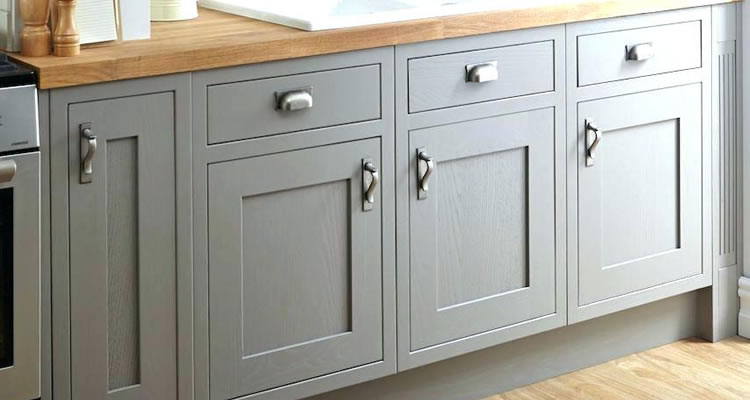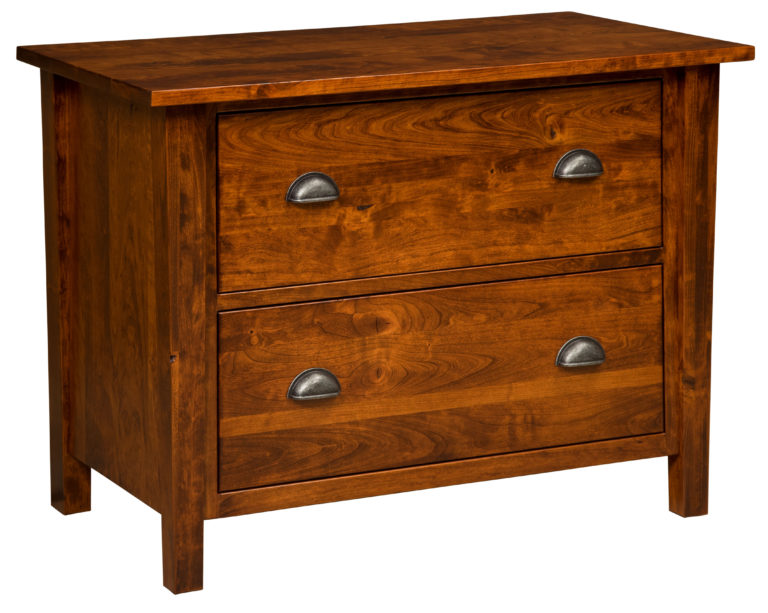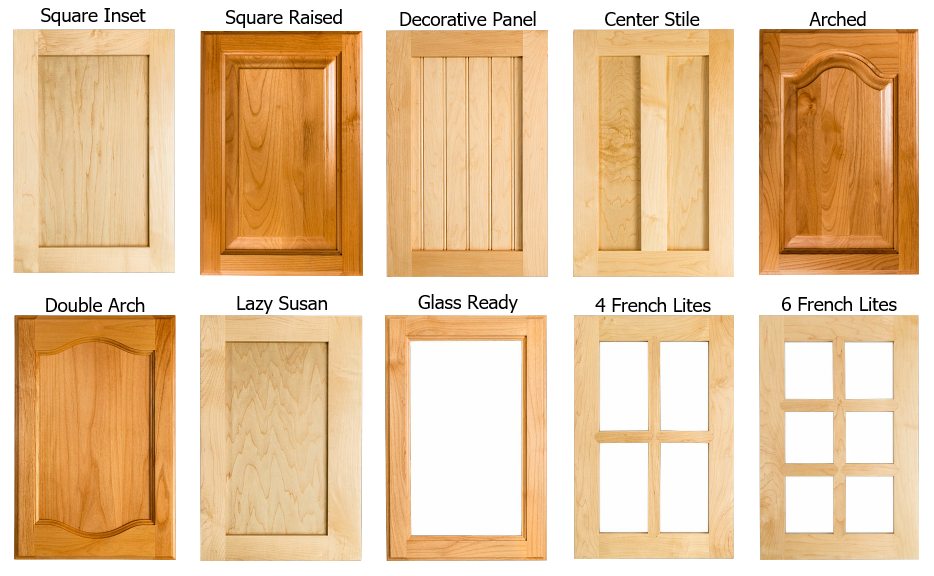Pressed Wood Cabinet Doors

Pressed wood cabinet doors are a popular choice for homeowners and contractors due to their affordability and versatility. They are made from various types of wood fibers that are combined with resins and adhesives to form a strong and durable panel. This guide will explore the different types of pressed wood, the manufacturing process, and the advantages and disadvantages of using pressed wood for cabinet doors.
Types of Pressed Wood for Cabinet Doors
Pressed wood for cabinet doors is made from wood fibers that are combined with resins and adhesives to form a strong and durable panel. There are several different types of pressed wood used for cabinet doors, each with its unique properties and characteristics.
- Particleboard: This is the most common type of pressed wood used for cabinet doors. It is made from wood chips and sawdust that are glued together under high pressure and heat. Particleboard is relatively inexpensive and easy to work with, but it is not as strong or durable as other types of pressed wood.
- Medium-Density Fiberboard (MDF): MDF is made from wood fibers that are broken down into a fine powder and then pressed together with resin. MDF is denser and smoother than particleboard, making it a good choice for cabinet doors that will be painted or stained. It is also more resistant to moisture than particleboard.
- Hardboard: Hardboard is made from wood fibers that are pressed together under high pressure and heat to form a dense and rigid panel. It is often used for cabinet doors that will be exposed to moisture or heavy use.
Manufacturing Process of Pressed Wood Cabinet Doors
The manufacturing process for pressed wood cabinet doors involves several steps, including pressing, laminating, and finishing.
- Pressing: The first step is to press the wood fibers together with resin and adhesive under high pressure and heat. This creates a solid and durable panel.
- Laminating: The pressed panel is then laminated with a decorative veneer or a layer of paint or stain. This gives the cabinet door its final appearance.
- Finishing: The final step is to finish the cabinet door with a sealant or varnish to protect it from moisture and wear.
Durability, Moisture Resistance, and Longevity
Pressed wood cabinet doors offer a balance of affordability and durability, but their performance varies depending on the type of pressed wood used and the manufacturing process.
- Durability: Particleboard is the least durable type of pressed wood, while MDF and hardboard are more durable.
- Moisture Resistance: MDF is more moisture-resistant than particleboard, while hardboard is the most moisture-resistant.
- Longevity: Pressed wood cabinet doors can last for many years with proper care and maintenance. However, they are not as durable as solid wood doors.
Advantages and Disadvantages of Pressed Wood Cabinet Doors
Pressed wood cabinet doors offer several advantages, including affordability, versatility, and ease of maintenance. However, they also have some disadvantages, such as lower durability and susceptibility to moisture damage.
- Advantages:
- Affordability: Pressed wood cabinet doors are generally more affordable than solid wood doors.
- Versatility: Pressed wood can be easily shaped and molded, making it suitable for various cabinet styles.
- Ease of Maintenance: Pressed wood cabinet doors are easy to clean and maintain.
- Disadvantages:
- Lower Durability: Pressed wood cabinet doors are not as durable as solid wood doors and can be prone to scratches and dents.
- Susceptibility to Moisture Damage: Pressed wood can warp and swell when exposed to moisture.
- Limited Customization: Pressed wood cabinet doors are often available in pre-designed styles and finishes, making it difficult to achieve a truly custom look.
Design and Aesthetics

Pressed wood cabinet doors offer a wide range of design possibilities, allowing you to create a unique and personalized look for your kitchen or bathroom. From traditional to modern styles, pressed wood provides the versatility to match your aesthetic preferences.
Style and Design Options
Pressed wood cabinet doors can be crafted in various styles to complement different design aesthetics. Here are some examples:
- Traditional: Traditional styles often feature raised panels, intricate moldings, and classic finishes like painted white or stained wood. These doors exude a timeless elegance and are perfect for kitchens and bathrooms with a classic or farmhouse design.
- Modern: Modern pressed wood cabinet doors prioritize clean lines, minimalist details, and sleek finishes. They often feature flat panels, simple hardware, and bold colors like black, gray, or white. Modern designs are ideal for contemporary kitchens and bathrooms with a streamlined and minimalist aesthetic.
- Contemporary: Contemporary styles blend elements of modern and traditional designs. They might feature subtle detailing, unique textures, or unexpected color combinations. These doors offer a more eclectic and personalized look, perfect for kitchens and bathrooms with a modern yet warm and inviting atmosphere.
Color, Finish, and Hardware
Choosing the right color, finish, and hardware is crucial for creating a cohesive and visually appealing design.
- Color: Consider the overall color scheme of your space. Neutral colors like white, gray, or beige provide a clean and timeless backdrop, while bolder colors like navy blue, emerald green, or terracotta can add a pop of personality.
- Finish: Pressed wood cabinet doors can be finished in various ways, including painting, staining, or laminating. A painted finish provides a smooth and consistent look, while a stained finish highlights the wood’s natural grain patterns. Laminate finishes offer durability and resistance to scratches and moisture.
- Hardware: Cabinet hardware plays a significant role in the overall design. Choose hardware that complements the style of your doors and the overall aesthetic of your space. Modern kitchens often feature sleek and minimalist handles, while traditional designs may incorporate ornate knobs or pulls.
Aesthetic Impact
Pressed wood cabinet doors can significantly impact the overall aesthetic of a space. Here are some key factors to consider:
- Texture: The texture of pressed wood can range from smooth and polished to textured and rustic. Smooth finishes create a sleek and modern look, while textured finishes add depth and warmth.
- Grain Patterns: While pressed wood doesn’t have natural grain patterns like solid wood, it can be manufactured to mimic various wood species. These patterns can add visual interest and create a sense of authenticity.
- Color Variations: Pressed wood cabinet doors come in a wide range of colors and finishes, allowing you to create a unique and personalized look. Consider using different colors and finishes to create visual interest and define different zones within your kitchen or bathroom.
Advantages and Considerations: Pressed Wood Cabinet Doors

Pressed wood cabinet doors offer a compelling blend of affordability, durability, and versatility, making them a popular choice for homeowners and contractors alike. However, like any material, they come with their own set of advantages and considerations that are crucial to understand before making a decision.
Cost-Effectiveness
Pressed wood cabinet doors are known for their cost-effectiveness, often presenting a more budget-friendly option compared to solid wood doors. This cost advantage stems from the use of readily available and relatively inexpensive materials, such as wood chips and resins. Furthermore, the manufacturing process for pressed wood doors is typically more efficient, resulting in lower production costs. This cost savings can be significant, especially for large-scale projects or when budget constraints are a major factor.
Benefits of Using Pressed Wood
- Affordability: As mentioned earlier, pressed wood is a more economical option compared to solid wood, making it an attractive choice for budget-conscious homeowners and contractors.
- Durability: Despite being made from wood chips, pressed wood is surprisingly durable. The manufacturing process compresses the wood fibers together, creating a dense and sturdy material that can withstand normal wear and tear.
- Versatility: Pressed wood is highly versatile, offering a wide range of finishes, colors, and styles to suit various design aesthetics. It can be painted, stained, or even covered with veneers to mimic the appearance of more expensive wood species.
Drawbacks of Using Pressed Wood
- Susceptibility to Moisture Damage: One of the primary drawbacks of pressed wood is its susceptibility to moisture damage. Unlike solid wood, which can withstand some moisture exposure, pressed wood can warp, swell, and deteriorate when exposed to excessive humidity or water. It’s crucial to ensure proper ventilation and avoid placing pressed wood cabinets in areas prone to moisture.
- Customization Limitations: While pressed wood offers a wide range of finishes and styles, it may not be as customizable as solid wood. Some intricate designs or specific wood grain patterns might be difficult to achieve with pressed wood.
Pressed wood cabinet doors, while often affordable, can sometimes feel a bit, well, *pressed*. If you’re yearning for something more substantial, something that whispers of craftsmanship and quality, then perhaps you should consider building your own cabinets from scratch. Wood magazine’s easy cabinets guides are a great place to start, offering step-by-step instructions that even a novice woodworker can follow.
Imagine the satisfaction of creating cabinets that are not only beautiful but also uniquely yours, a testament to your dedication and skill. And when you’re done, you’ll have cabinets that will outlast those pressed wood doors, adding a touch of warmth and character to your home for years to come.
Pressed wood cabinet doors can be a budget-friendly choice, but they can also feel a bit basic. If you’re looking to elevate their look, consider adding some personality to your small bedroom by maximizing space and style. Check out these helpful tips on how to layout a small bedroom to create a more spacious and inviting feel.
Once your bedroom is organized and styled, you can focus on the details, like painting the pressed wood cabinet doors or adding new hardware to give them a fresh look.
